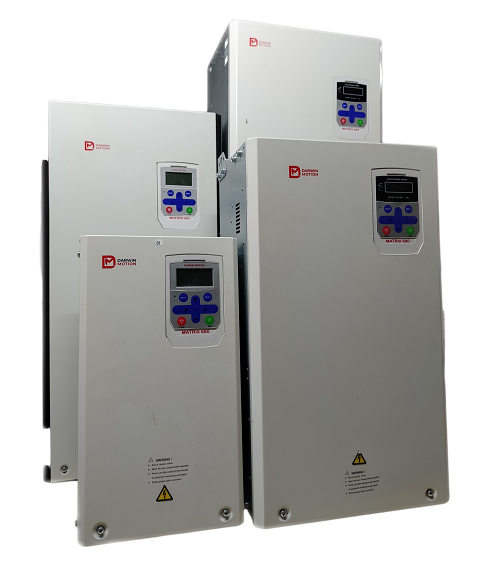Posted on 30th Oct 2024

Variable Frequency Drives (VFDs) are essential for controlling the speed and direction of AC motors. One common application is the ability to reverse the motor's direction, which is crucial in various industries for tasks such as conveyor systems, pumps, and fans. This article will explore the fundamentals of VFD forward and reverse wiring, including the wiring process, control options, and safety considerations.
A Variable Frequency Drive regulates the voltage and frequency supplied to an AC motor, enabling precise control over its speed and torque. By altering these parameters, VFDs or regenerative drive allow for efficient operation, reducing energy consumption and wear on mechanical components.
Rectifier: Converts incoming AC power to DC.
DC Bus: Smooths the DC voltage.
Inverter: Converts the DC back to AC at the desired frequency.
Control Circuit: Manages the operation of the VFD based on user inputs.
To enable forward and reverse operation with a VFD, specific wiring connections must be made. The basic setup includes:
Power Supply Connections: Connect the VFD Drive to the power supply according to the manufacturer's instructions, ensuring proper voltage and phase.
Motor Connections: Connect the motor leads (U, V, W) to the VFD output terminals.
Control Wiring: For forward and reverse operation, you’ll typically use control terminals on the VFD. The common method involves using two digital inputs or relay contacts.
1. Using Digital Inputs
Most VFDs have programmable digital inputs that can be assigned to control the motor direction. Here’s how to set it up:
Forward Direction: Connect a switch or relay to the VFD’s designated forward control input (often labeled as “Forward” or “FWD”).
Reverse Direction: Connect another switch or relay to the reverse control input (labeled as “Reverse” or “REV”).
Another common method involves using a momentary push button switch:
Wiring: Wire one button for forward and another for reverse. When pressed, these buttons send signals to the VFD, indicating the desired direction.
Configuration: Configure the VFD to recognize these inputs for motor direction control. Refer to the VFD manual for specific programming steps.
Here’s a simplified example of how the wiring might look:
mathematica
Power Supply ----> VFD ----> Motor
|
Forward Switch
|
Reverse Switch
In this setup, the forward and reverse switches are wired to the control terminals of the VFD, allowing easy toggling between directions.
Emergency Stop: Always include an emergency stop mechanism in your circuit to quickly disconnect power in case of a malfunction.
Electrical Ratings: Ensure that all components used (switches, wires) are rated for the VFD and motor specifications.
Programming Parameters: Properly configure the VFD parameters to ensure safe operation. For instance, set up acceleration and deceleration times to prevent sudden movements.
Feedback Systems: If applicable, integrate feedback systems to monitor motor status and prevent issues like overload or stalling.
Motor Not Responding: Check all wiring connections and ensure the VFD is properly powered.
Inconsistent Direction Changes: Verify the control wiring and confirm that the VFD parameters for forward/reverse operation are correctly set.
Overheating: Ensure the VFD is adequately cooled and not overloaded. Check for proper ventilation.
Wiring a Variable Frequency Drive or high performance drive for forward and reverse operation is a straightforward process that enhances the functionality of AC motors. By understanding the basic wiring configurations and control options, you can effectively implement VFDs in various applications. Always prioritize safety and follow the manufacturer's guidelines to ensure reliable and efficient operation. With proper setup, VFDs can significantly improve your motor control, leading to enhanced productivity and reduced energy costs.